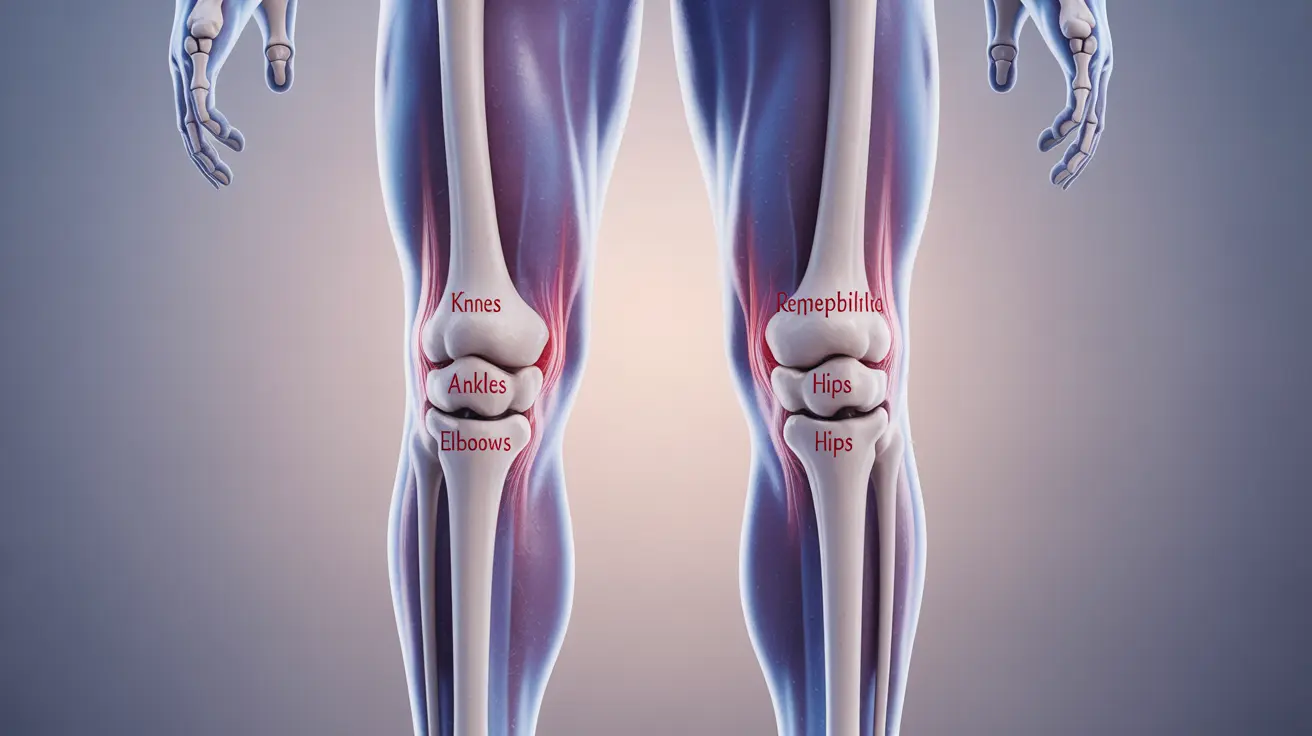Living with hemophilia presents unique challenges, particularly when it comes to managing potential complications. This bleeding disorder, which affects the blood's ability to clot properly, can lead to various health issues that require careful monitoring and prompt medical attention. Understanding these complications is crucial for both patients and caregivers to ensure optimal health outcomes and quality of life.
This comprehensive guide explores the major complications associated with hemophilia, their impact on daily life, and essential management strategies. By staying informed about these potential challenges, individuals with hemophilia can work proactively with their healthcare team to prevent or minimize serious complications.
Common Joint and Muscle Complications
One of the most significant challenges in hemophilia is the impact on joints and muscles. Repeated bleeding episodes can lead to several serious issues:
Target Joints
Target joints develop when recurring bleeding episodes affect the same joint multiple times. Common target joints include:
- Knees
- Ankles
- Elbows
- Hips
- Shoulders
These joints can become painful, swollen, and increasingly difficult to move, potentially leading to chronic arthritis if not properly managed.
Muscle Damage
Internal bleeding into muscles can cause:
- Severe pain and swelling
- Limited range of motion
- Potential nerve compression
- Risk of compartment syndrome in severe cases
Understanding Inhibitor Development
Inhibitors represent a significant treatment challenge in hemophilia care. These antibodies develop when the immune system responds to clotting factor replacement therapy, making standard treatments less effective or completely ineffective.
Risk Factors for Inhibitor Development
Several factors can influence inhibitor formation:
- Genetic factors
- Age at first treatment
- Intensity of early treatment
- Family history
- Type of hemophilia
Prevention and Management Strategies
Effective management of hemophilia complications requires a comprehensive approach:
Prophylactic Treatment
Regular preventive factor replacement therapy helps:
- Reduce spontaneous bleeding episodes
- Protect joints from damage
- Maintain normal daily activities
- Improve quality of life
Physical Therapy and Exercise
Proper physical conditioning plays a crucial role in:
- Strengthening muscles around joints
- Improving balance and coordination
- Maintaining healthy body weight
- Reducing the risk of bleeds
Warning Signs Requiring Immediate Attention
Certain symptoms warrant urgent medical care:
- Head trauma or severe headache
- Neck or throat pain
- Severe abdominal or back pain
- Significant joint swelling or inability to move a joint
- Signs of internal bleeding
Frequently Asked Questions
What are the most common complications of hemophilia I should watch for?
The most common complications include joint damage (particularly in knees, ankles, and elbows), muscle bleeding, inhibitor development, and potential internal bleeding. Regular monitoring and prophylactic treatment can help prevent many of these complications.
How can internal bleeding from hemophilia affect joints and muscles?
Internal bleeding can cause severe pain, swelling, and limited mobility in affected joints and muscles. Repeated bleeding episodes can lead to chronic joint damage, arthritis, and muscle atrophy if not properly managed.
What causes inhibitors in hemophilia treatment and how do they impact care?
Inhibitors are antibodies that develop when the immune system reacts to clotting factor treatments. They can make standard factor replacement therapy less effective or ineffective, requiring alternative treatment approaches and potentially leading to more challenging bleeding management.
How is joint damage from hemophilia prevented and managed long-term?
Joint damage is prevented through regular prophylactic factor replacement therapy, appropriate physical activity, maintaining a healthy weight, and working with physical therapists. Early intervention and consistent treatment adherence are crucial for long-term joint health.
What are the signs of serious bleeding complications that require urgent medical attention?
Urgent medical attention is needed for symptoms such as severe headaches (especially after head injury), neck or throat pain, severe abdominal pain, unusual swelling or warmth in joints, and any signs of internal bleeding. These complications can be life-threatening if not treated promptly.




